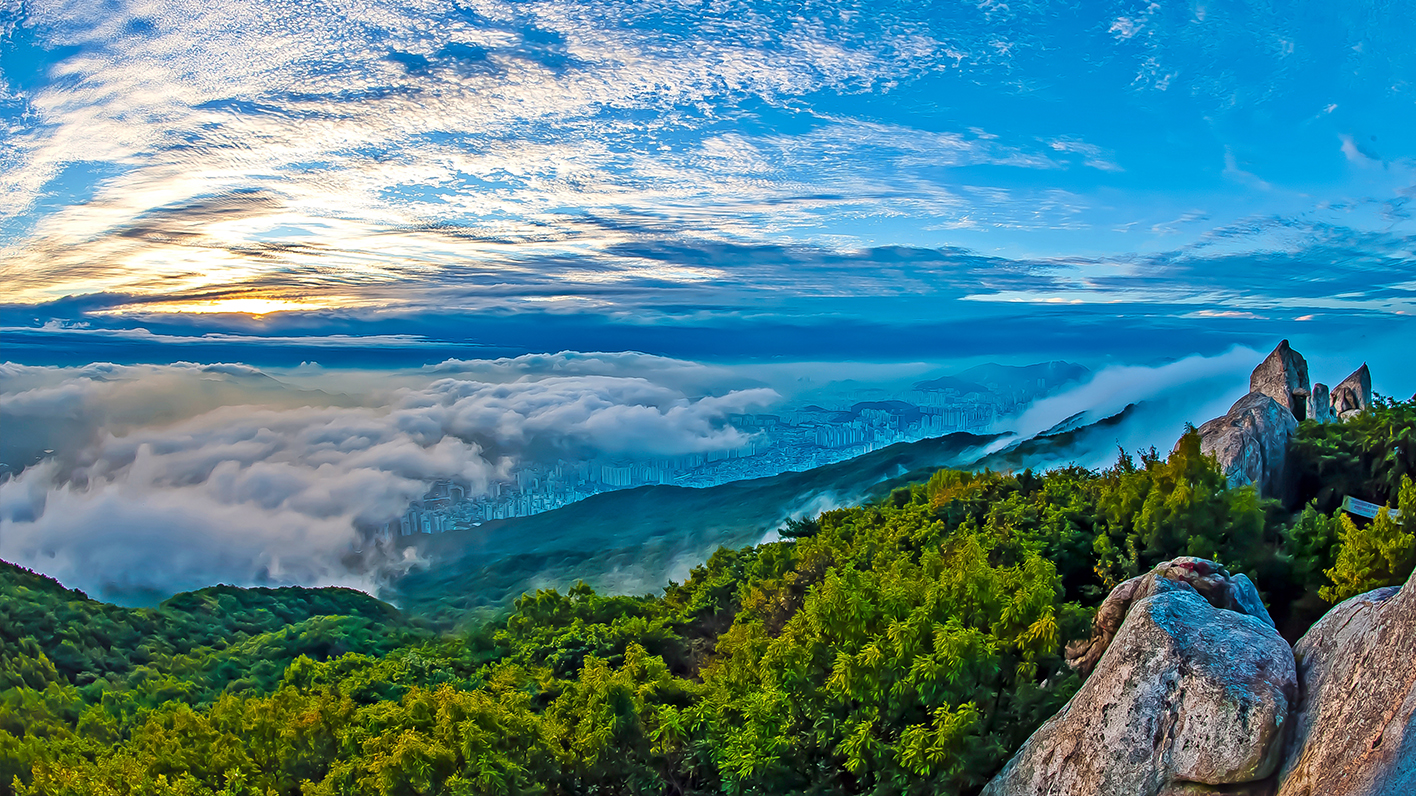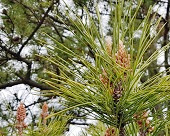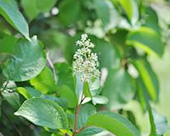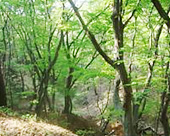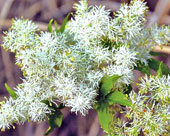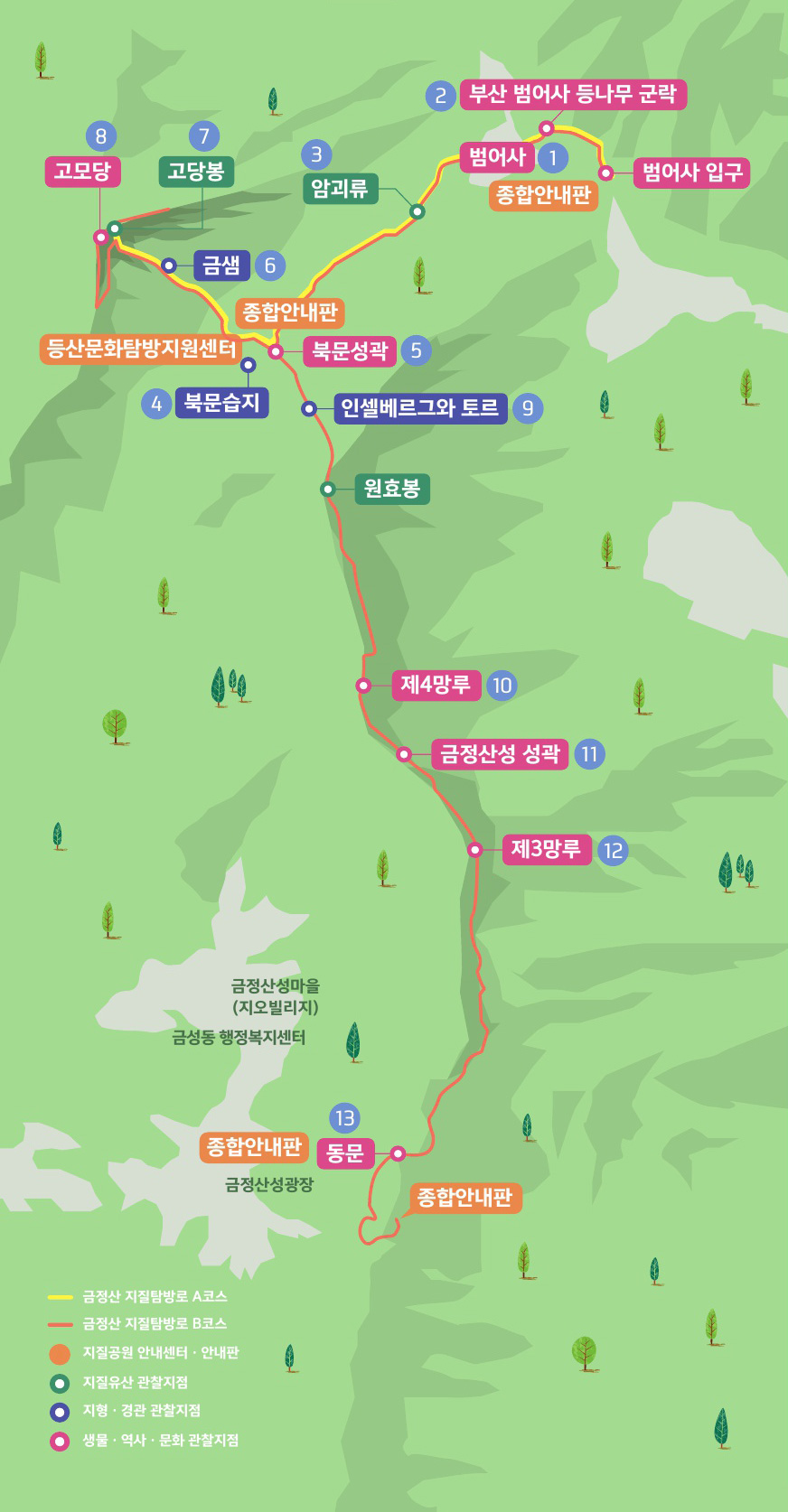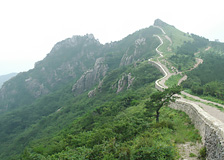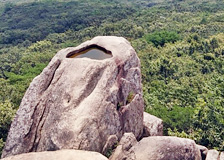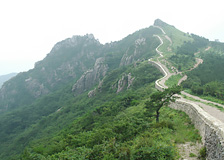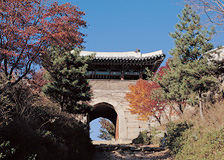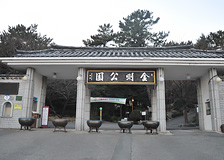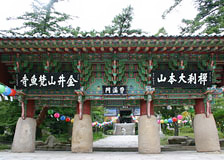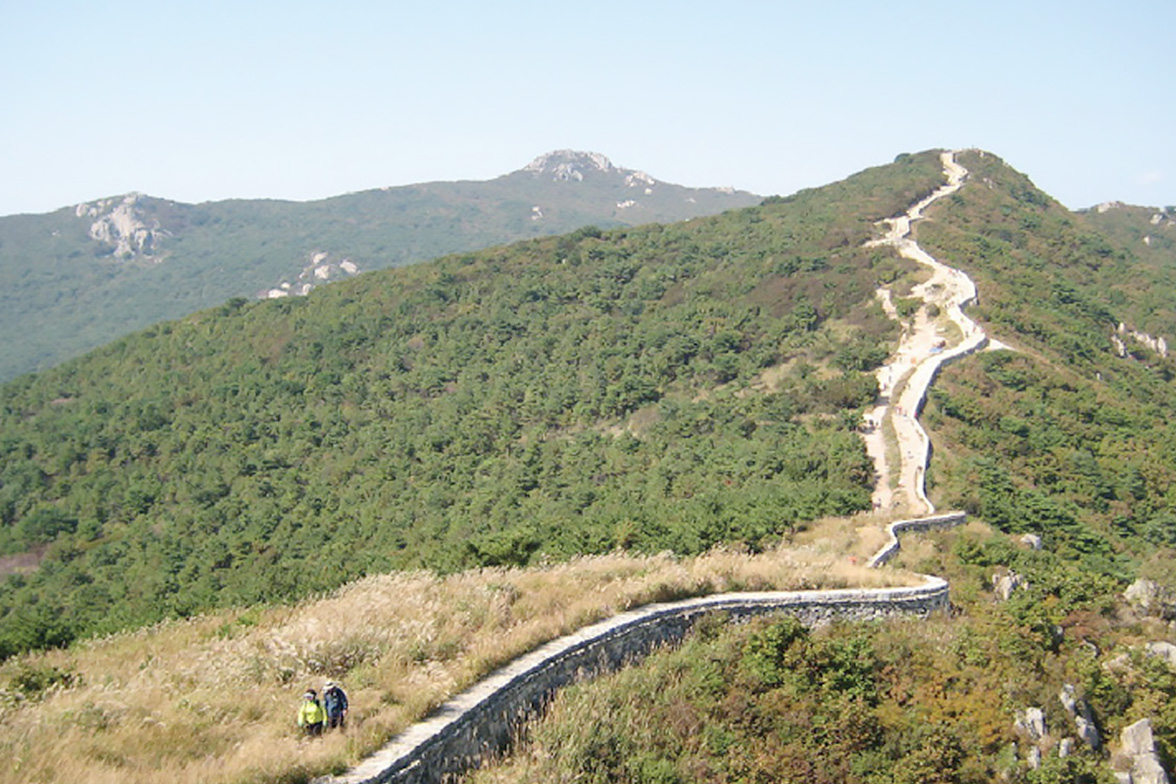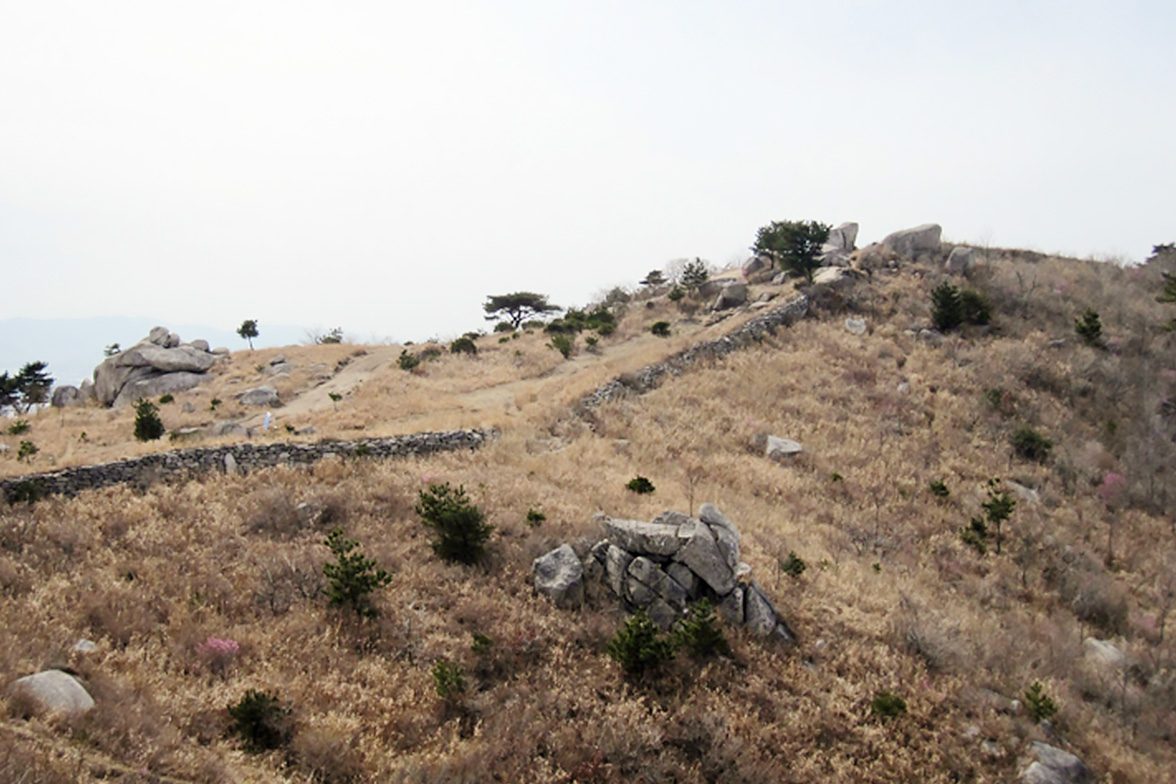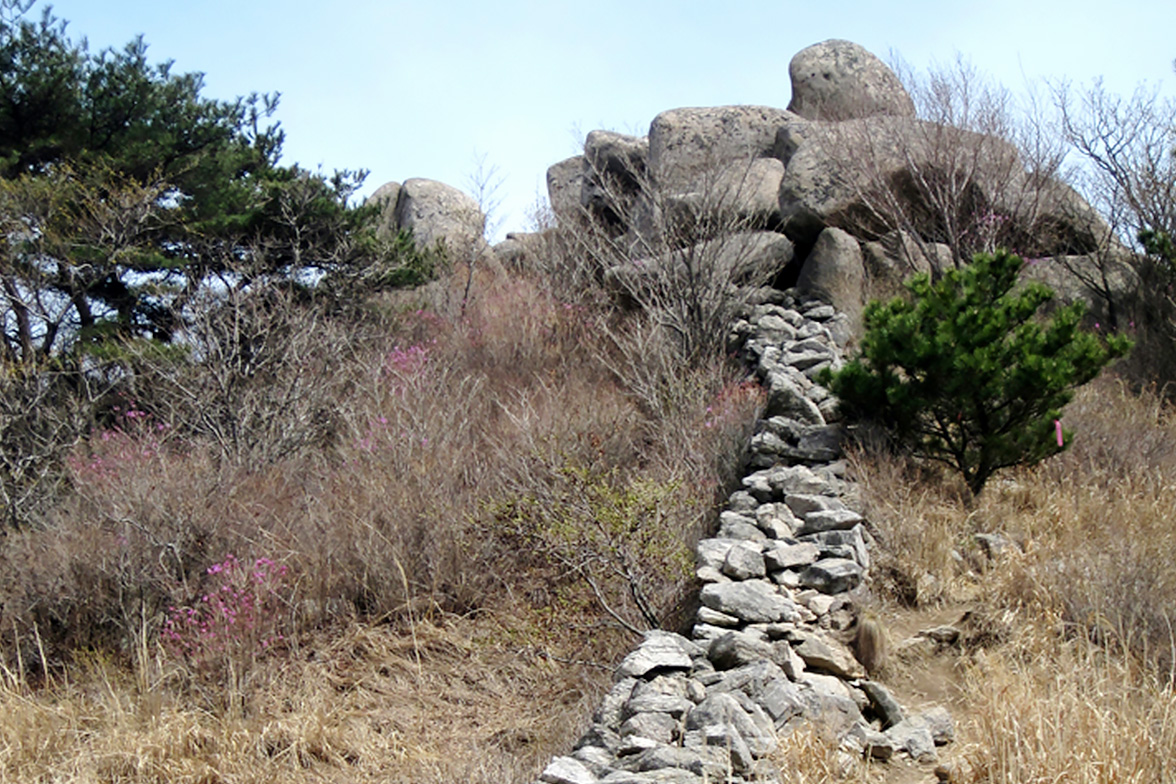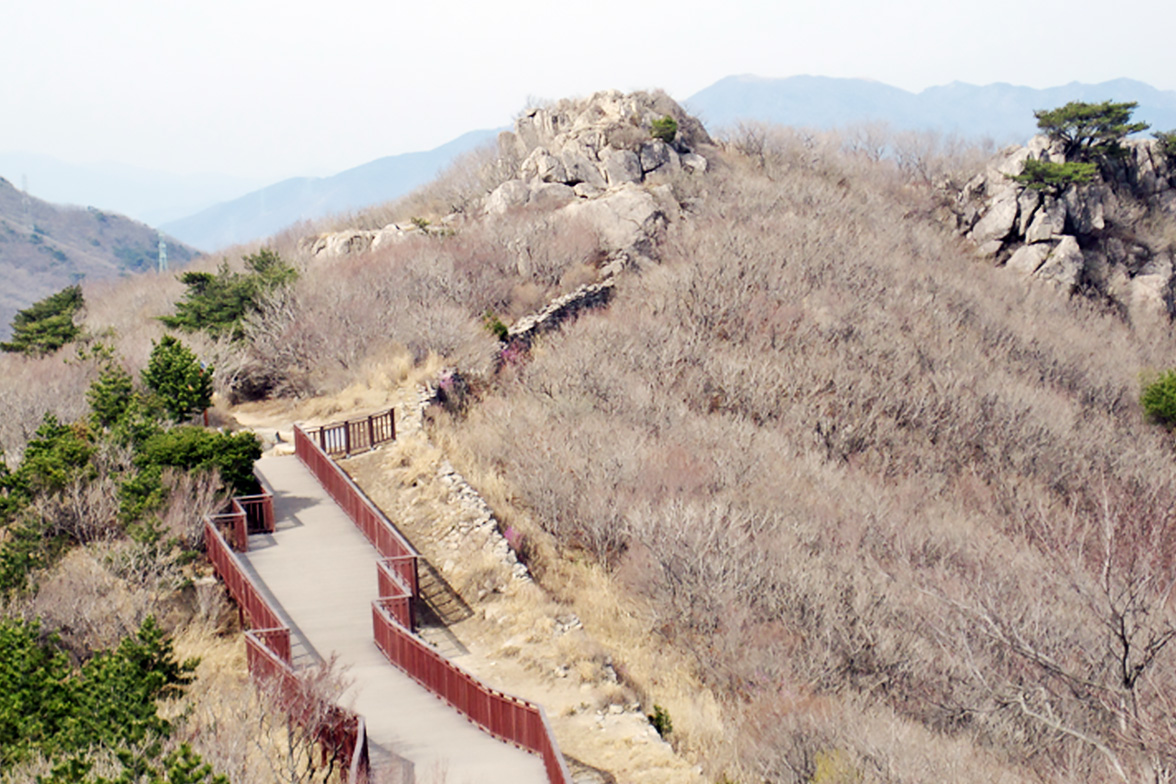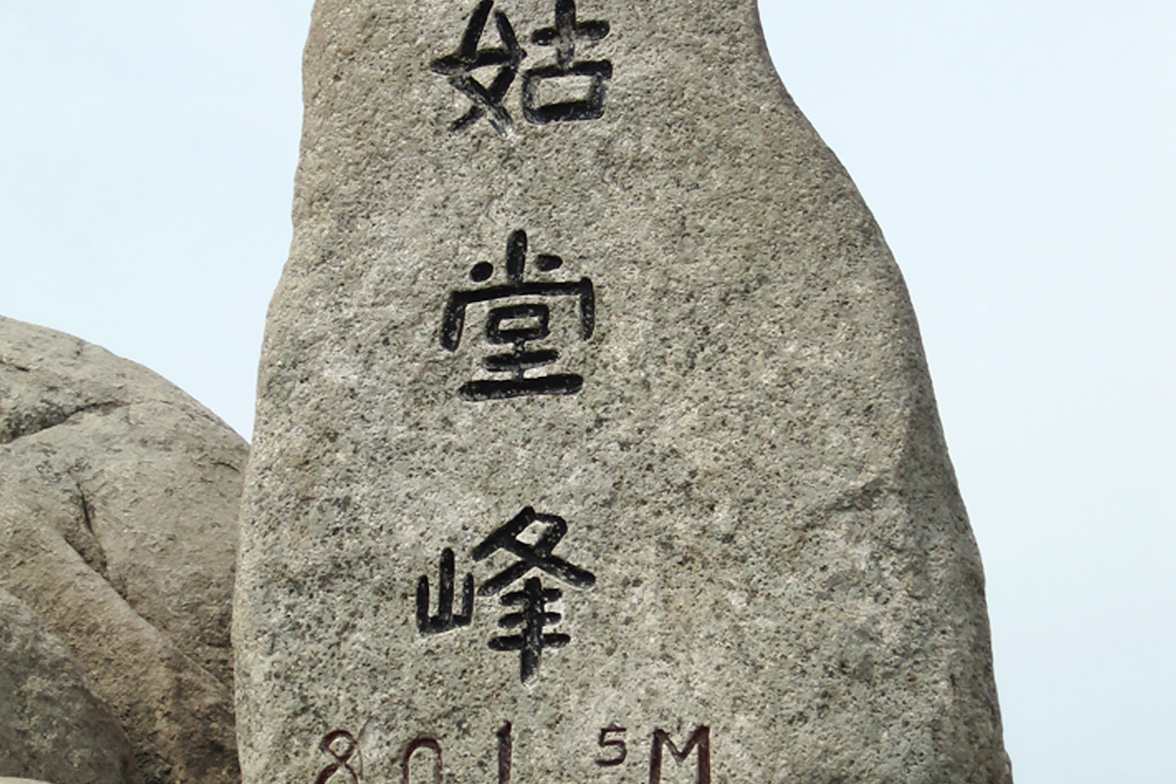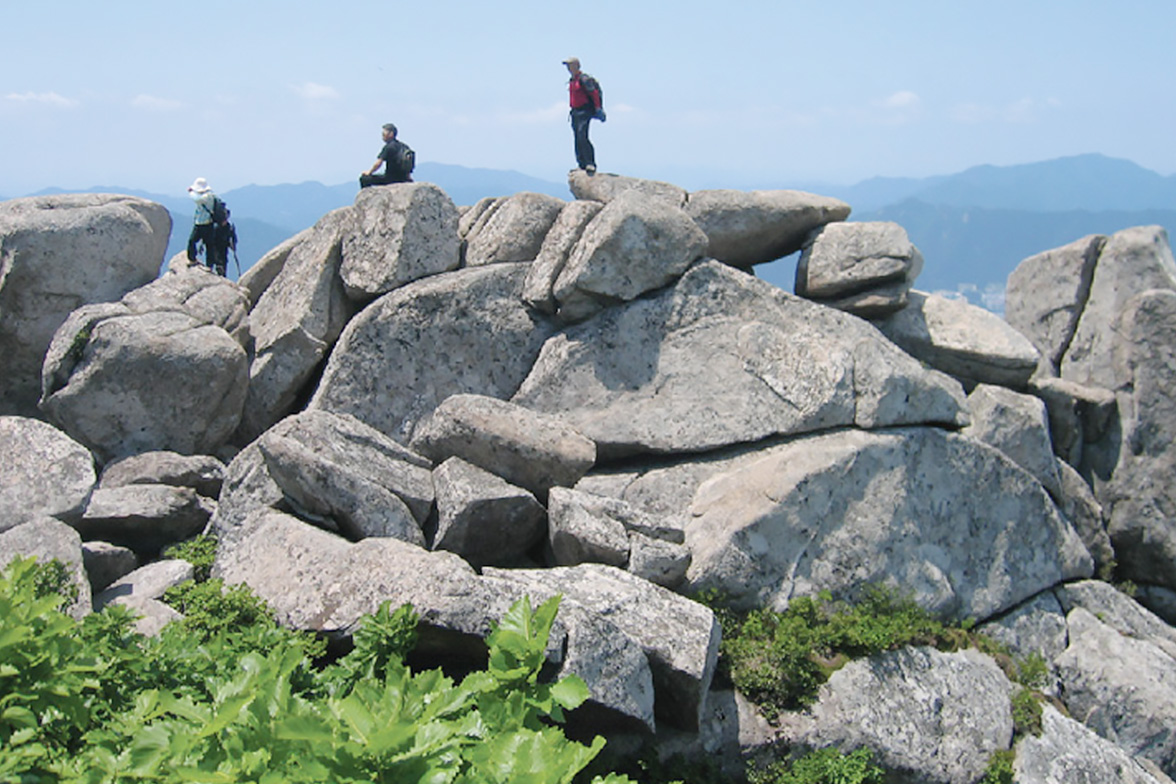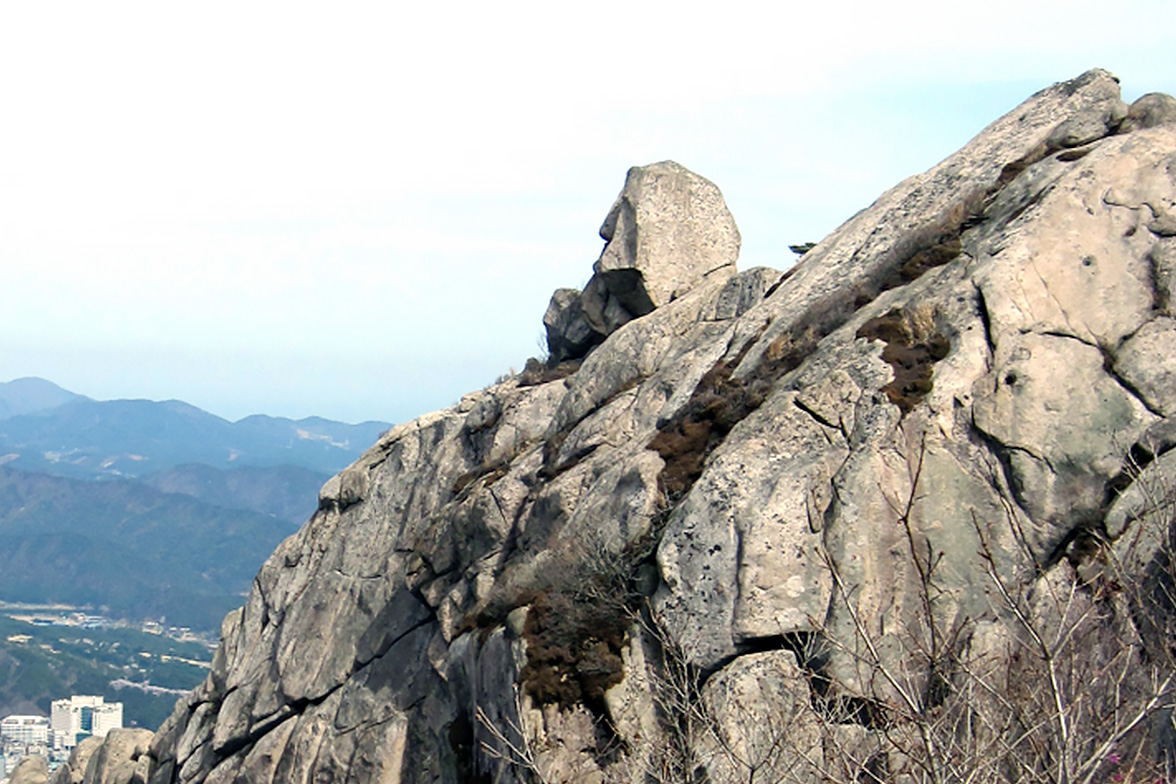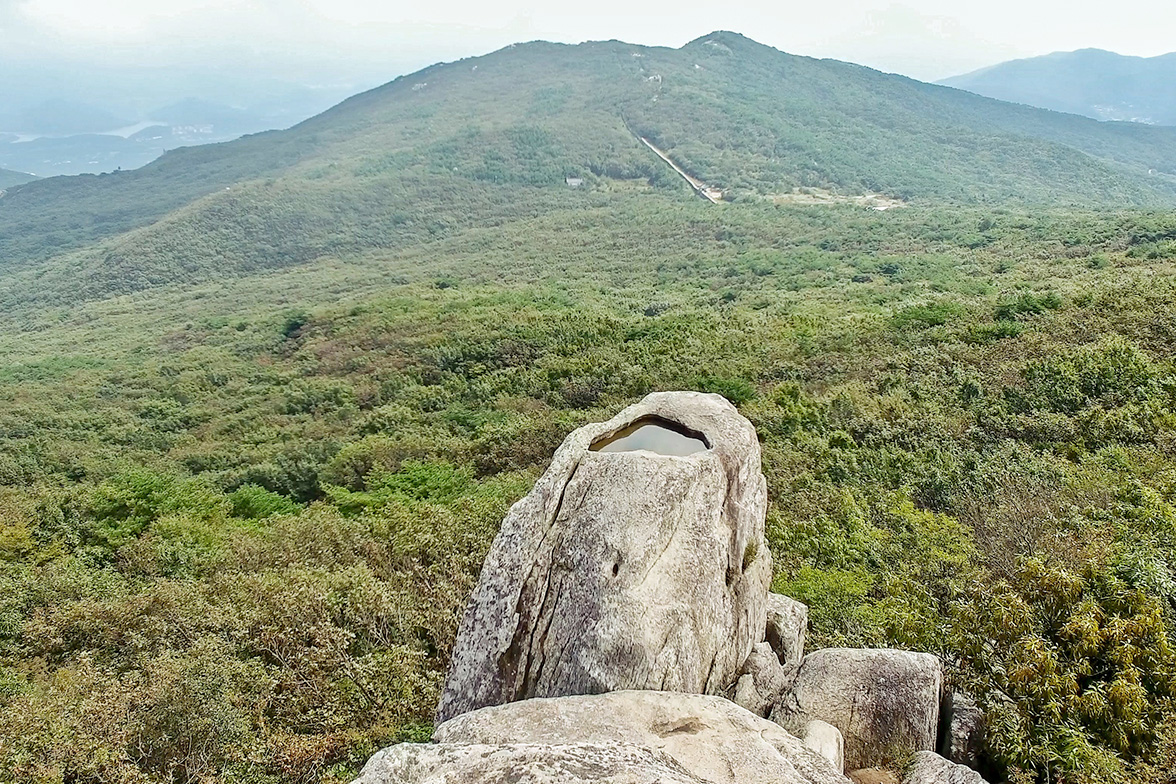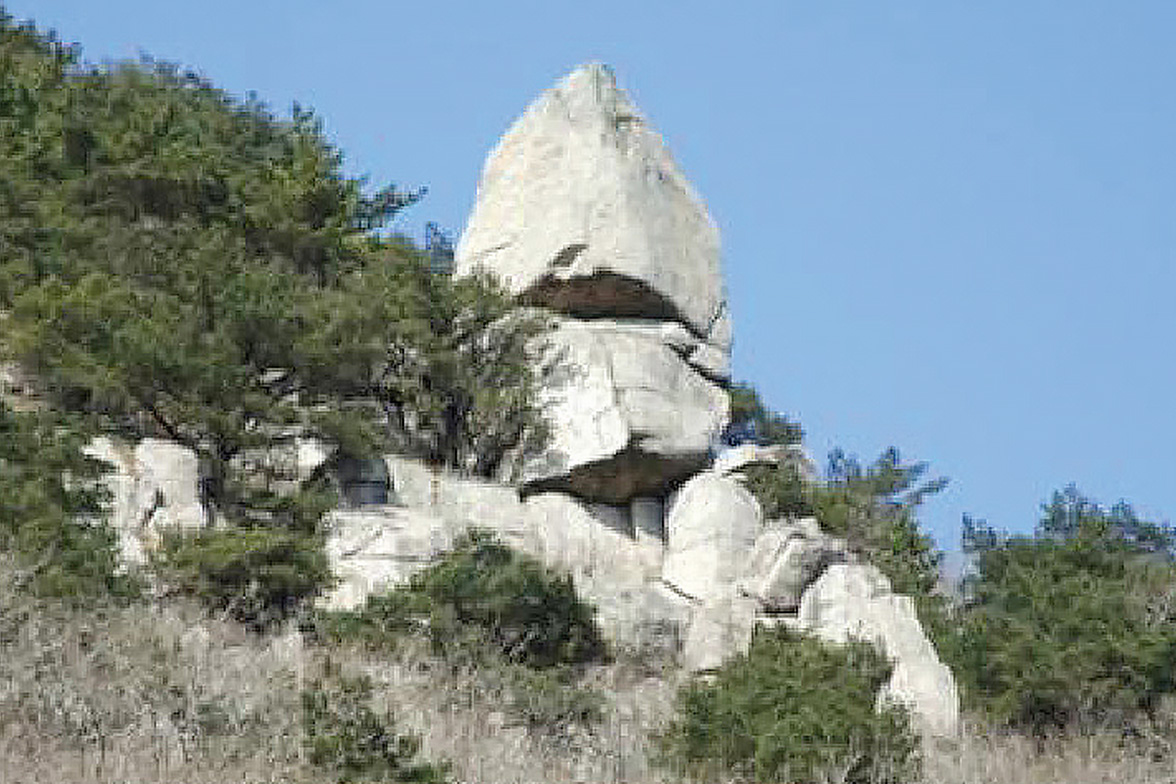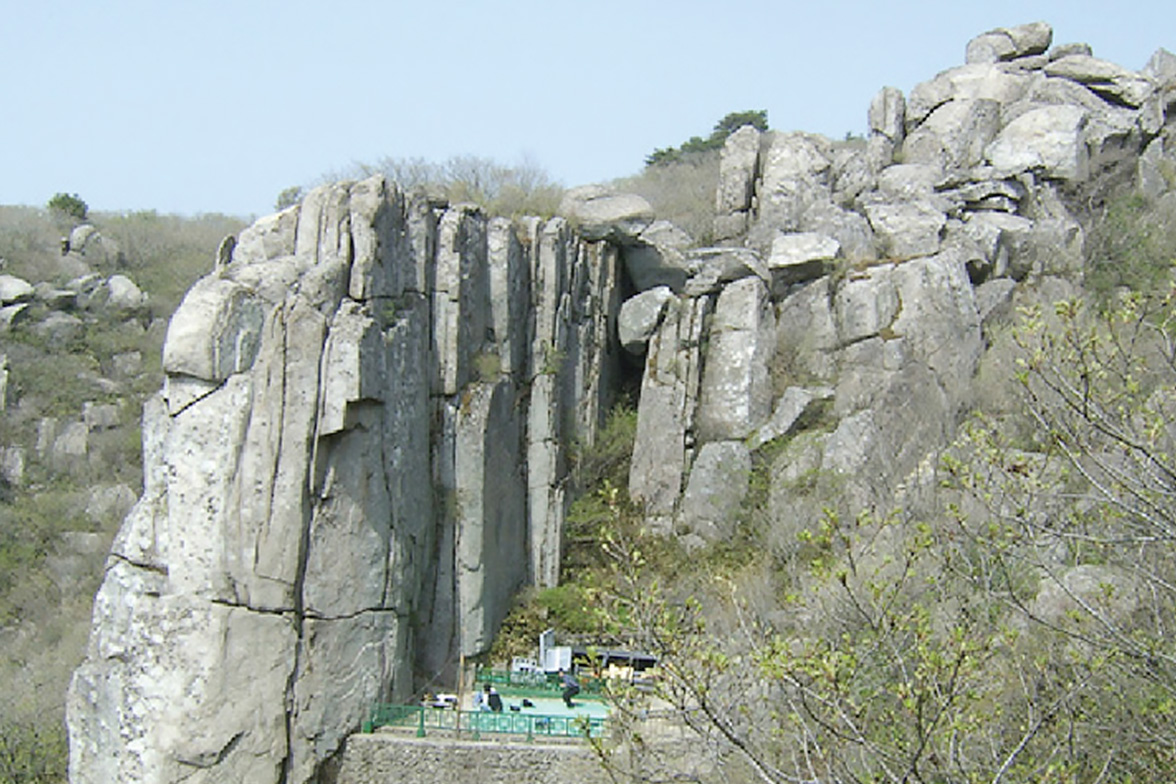Rocky mountain where mythology sleeps
Mountain forming the roots of Busan ground formed by uplifting of granite created by magma that cooled and hardened underground about 70 million years ago.
The elegant granite topography of rugged precipices cut and trimmed by storms throughout the ages, with torr, panhole, inselberg and block stream can be appreciated here.
With an opportunity to appreciate a wide range of alpine plants with Busan’s historical remains, including Beomeosa Temple and Geumjeongsanseong Fortress, refreshing fortress makgeolli (rice wine) you can drink at the summit during a tour is beyond comparison.
History and name
Geumjeongsan Mountain, Busan’s signature mountain with various cultural heritage and attractions including Geumjeongsanseong Fortress, Beomeosa Temple, Geumgang Park and Fortress Village, attracts numerous visitors through all seasons. It was given the name Geumjeongsan because it is said that a “golden fish came down on five-colored clouds from Beomcheon (Buddhist stream) and played in the well with golden-colored water on the ridge of the mountain,” and the temple below it was named Beomeosa Temple. This story is based on 「the Geography of Gyeongsang-do」, 「the Geography Section of the Annals of King Sejong」, 「the Revised and Augmented Survey of the Geography of Korea」 and 「the Record of Beomeosa Temple’s History」. It is assumed based on prehistoric heritage, including shell mounds in Geumgok-dong and Hwamyeong-dong, ancient tombs in Bokcheon-dong and patternless earthenware in Oncheon-dong, that communities were formed at the foot of Geumjeongsan Mountain from prehistoric times, with vestiges of old communities around the south gate and Fortress Village remaining to this day. Geumjeongsan Mountain is home to Korea’s largest Geumjeongsanseong Fortress that served to prevent invasion by Japanese pirates.
